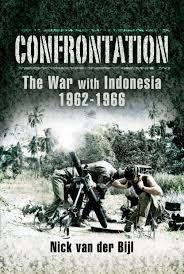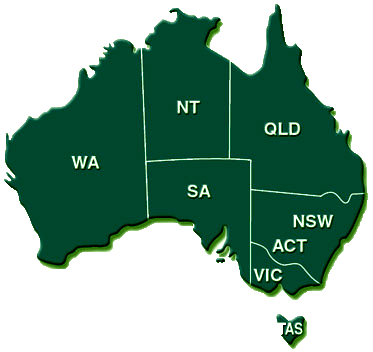On 11 August 1966, a peace treaty was signed between the Indonesian and Malaysian governments, bringing to an end the Indonesian-Malaysian Confrontation.

Minister for Veterans’ Affairs and Minister for Defence Personnel Andrew Gee said the Confrontation was an undeclared war that began in 1962 involving New Zealand, Britain, and troops from Australia arriving in Borneo from March 1965.
“This year marks 55 years since the end of the Confrontation,” Minister Gee said.
“Malaya gained independence from the British in 1957 and the expectation from the Malayan Prime Minister Tunku Abdul Rahman, and from the British, was for North Borneo to join Malaya in a new federation of Malaysia.”
The conflict had a focus on whether the former British colonies of Sabah and Sarawak which bordered Indonesian provinces on Borneo, would become part of Indonesia or of the newly federated Malaysia.
The Confrontation began in December 1962 with an attempted coup in North Borneo by pro-Sukarno rebels known as the Kalimantan National Army who tried to capture the Sultan of Brunei.
In 1962 northern Borneo was made up of the British controlled Brunei and the colonies of Sarawak and North Borneo (now known as Sabah). The rest of the island was made up of Indonesian provinces of Kalimantan.
Australian forces became involved in the conflict through our membership in the Far East Strategic Reserve and fought as part of a larger British and Commonwealth force under British command.
“During the conflict, Australia provided training and supplies to Malaysian troops, along with a number of Royal Australian Navy vessels to patrol the area,” Minister Gee said.
“On the 11th of August, the Last Post at the Australian War Memorial will feature Private Victor Herbert Richards of the 4th Battalion, Royal Australian Regiment.
“Private Richards was wounded in action in a firefight in Sarawak, Borneo on 15 June 1966. He was evacuated by stretcher at night to a jungle heli-pad and evacuated by RAF helicopter the following morning. He tragically died of his wounds in hospital on 20 June, aged 24.”
The Indonesian forces supported the coup leader, Sheikh A.M. Azahari. Although the coup itself was quickly suppressed by British and Ghurkha soldiers, armed incursions from the Indonesian side of the border into northern Borneo continued, and Indonesian soldiers began to join Azahari’s supporters.
On 11 August 1966 Indonesian President Suharto signed a peace treaty with Malaysia. The treaty recognised that the North Borneo states of Sabah and Sarawak would continue to be part of the Malaysian Federation.
“Tragically, 23 Australians were amongst the 114 Commonwealth serving members who lost their lives in the Confrontation. A further eight Australians were wounded,” Minister Gee said.
“I urge all Australians to pause for a moment today to remember the selfless service, courage and sacrifice of those who fought in the Indonesian-Malaysian Confrontation, and those who gave their lives in service of our nation.”
For more information, visit https://www.awm.gov.au/commemoration/last-post-ceremony



